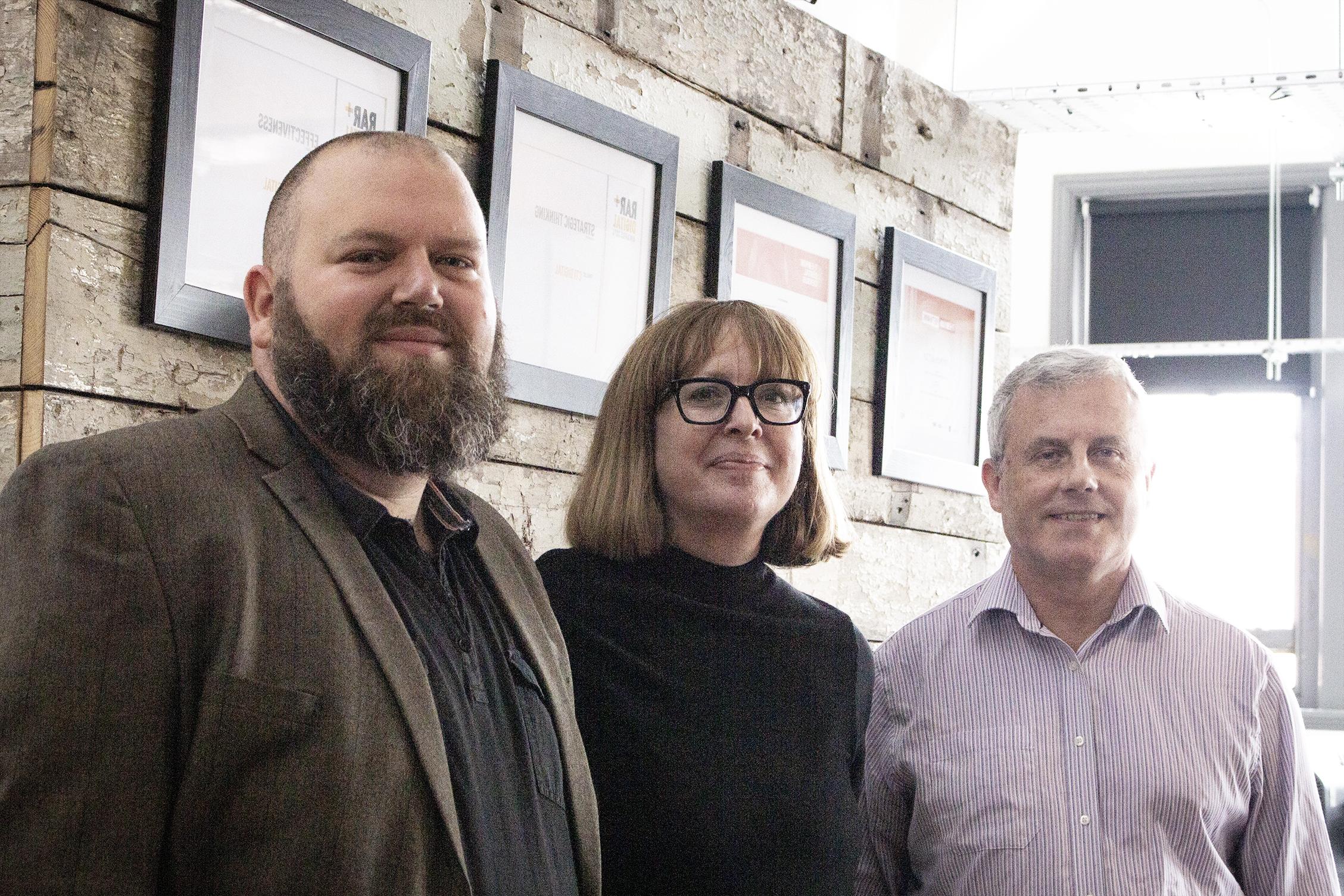
How to reframe the data in your digital PR campaign when the links aren’t rolling in…
It’s one of the most exciting parts of managing a digital PR campaign, launching it to the media.
But when a journalist’s instant response isn’t “I love this, I will cover it right NOW”, it can be disheartening.
So, to set the scene – you’ve got a data set that you have focused your campaign around, you’ve pulled out what you considered the sexiest statistics to be. You were, unfortunately, regrettably, horribly (all the sad synonyms) wrong, and are now looking for a plan B. A new angle for your campaign.
Now, as part of a digital PR strategy, we would always have numerous hooks and angles at the ready, in case the first round of outreach doesn’t quite land.
But below are a few tips for looking at an existing data set to form a new, more media-worthy angle, if you’re struggling to get coverage for your digital PR campaign.
Firstly, set aside your original campaign angle. In the words of Elsa, let it go.
Do the math
Interrogating a data set is integral to any digital PR campaign. If you’ve commissioned your own survey, requested data as part of a Freedom of Information request or acquired it externally, once it’s in your inbox that’s when the work really begins.
Pull up your excel sheet, or whatever format your data is in and get your calculator ready with a pad and a pen. Here are a few calculations to look for that could help you find your new angle:
- If you compare your data set to the population respectively can you figure out what the “largest”, “smallest”, “best” or “worst” winner of the data is?
- If your data represents an issue, can you use time or days in a year to prove the scale of the issue?
- The biggest calculation of them all? Adding a completely new data set into the mix. Look to compare your existing data to the new set; this can make a narrative more interesting and the end result is likely to be something a journalist wouldn’t have had time to pull together themselves.
Imitation is the sincerest form of flattery
The media are constantly uploading new content, so go back and analyse your top-tier media and see if you can alter your data to mirror their latest content.
Most titles have their own SEO strategies with KPIs now, so if your press release adheres and contributes to the success of their strategy, you’re more likely to get your result.
- What headlines have been used frequently on the website? For example, when we found that headlines starting with “this is the age when…” were particularly popular in our target media, we found an angle in our data set that worked for this headline and ran with it.
- What tone of voice is used and what’s the typical article layout? Can you make your data work to this template?
It’s not personal
Sometimes it’s easy to get tunnel vision and be set on securing national coverage only. If you’ve not looked into uncovering regional angles within your data, now is the time to deep dive.
Most top-tier regional websites have great authority and landing a piece of coverage on them could aid local search visibility too.
When reshuffling the data to work for regional titles, remember that everyone loves to see where their town ranks against the next.
There’s a world outside of my campaign?!
Yes, there is. While you’ve been working hard staring at a screen, the world has still been turning and that presents another opportunity.
A great example of this is a campaign we crafted around dog-friendly holidays. After securing coverage/links and exhausting the first angle, we found a great opportunity to widen the breadth of our campaign and piggyback on National Pet Preparedness Month.
The awareness day made our campaign highly relevant and we made sure we moved our data around so the statistics matched the new angle.
Look at significant dates and what’s happening in the media right now; LinkedIn and twitter have amazing dynamic trend and news widgets that can help you to keep your finger on the pulse.
Pure and simple
You’ll be right in thinking that after writing that title, the rest of my office has been plagued by the number one hit by Hear'Say. If it is now also in your head, you’re welcome.
But there is a genuine reason for this lyrical header; as a creative and deep thinker, I’m often looking for multiple meanings and the most niche insights when mining data. And while that’s proved to serve great results in most cases, you sometimes need to strip everything back and keep it simple.
Look at the data and pick out the simplest insight possible; sometimes journalists are looking for uncomplicated pieces that will resonate with a wide audience and get clicks.
For more insights, or to learn about our digital PR and organic search services, get in touch with the McCann Connected team here.









